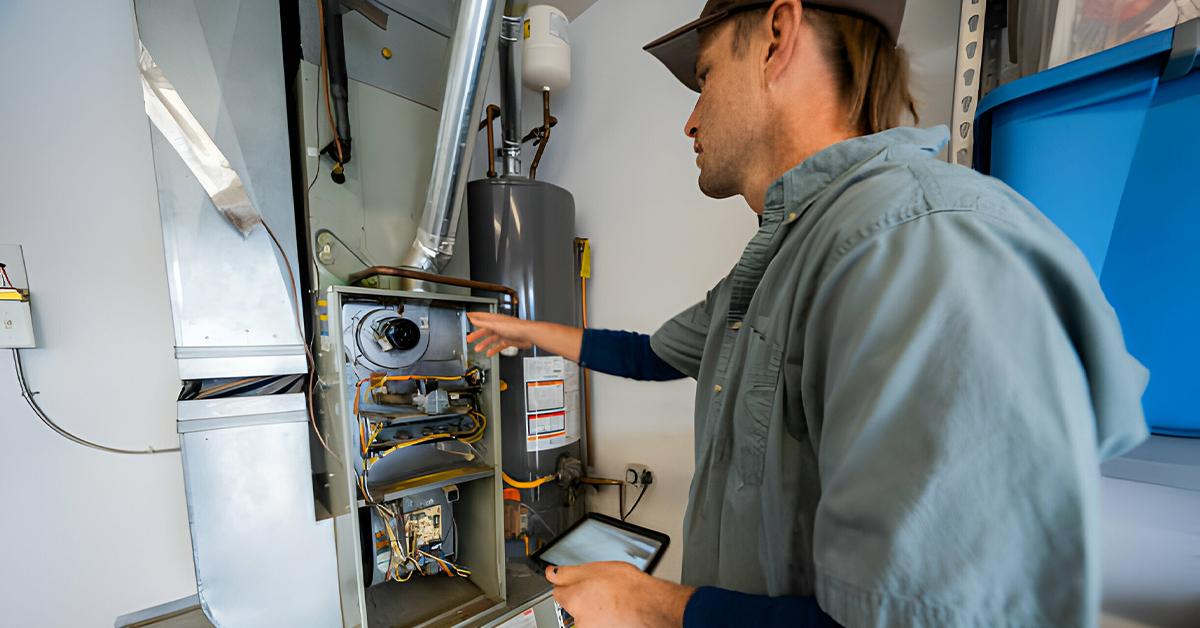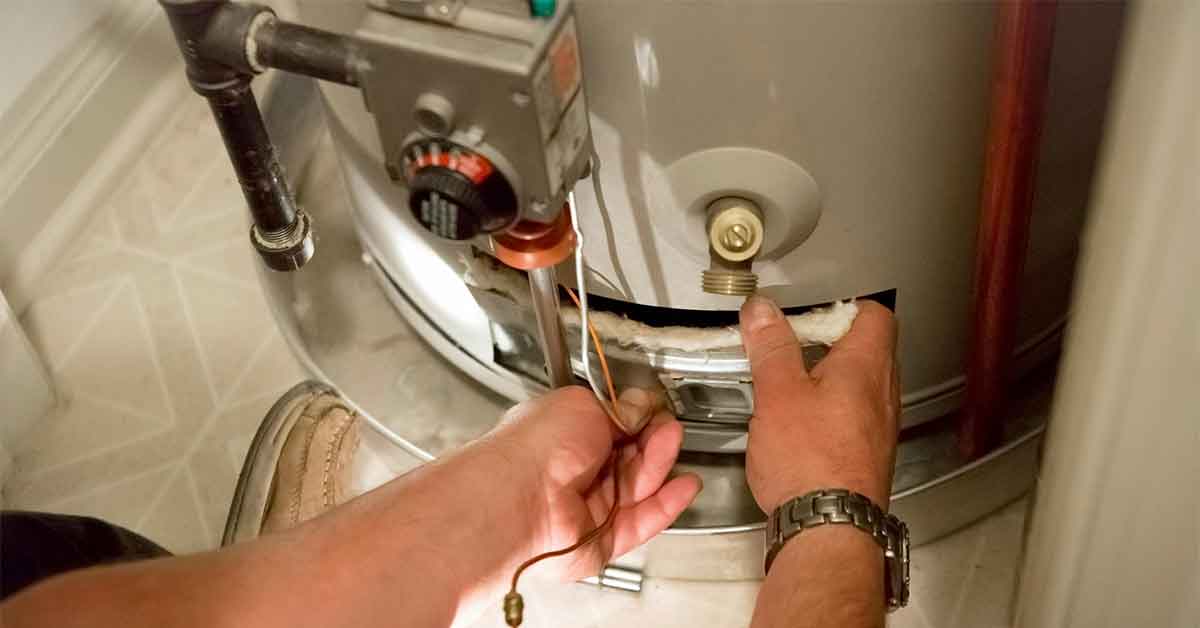Blog


What is the Role of Water Heater Expansion Tanks
In the intricate tapestry of domestic water heating and plumbing systems, there lurks a component of unassuming yet paramount importance – the water heater expansion tank guide ventures deep into the essence of what an expansion tank is elucidating. Its indispensable functions and its pivotal role in augmenting the efficacy and integrity of your home’s water heating apparatus.
Demystifying the Expansion Tank: A Closer Look
At its core, a water heater expansion tank is a sophisticated safety mechanism, a diminutive reservoir linked to your heater’s cold water conduit. Its cardinal role is to accommodate the volumetric and pressure increments of water upon heating. Given water’s inherent property to expand when heated – a fundamental thermodynamic principle – this necessitates an outlet for expansion, a role adeptly fulfilled by the expansion tank.
In contrast to archaic plumbing frameworks where expansion led water to revert into the municipal supply, modern standards have evolved, incorporating check valves to thwart such backflow and preclude the contamination of potable water sources.
The Example of Expansion Tanks in Domestic Spheres
The significance of an expansion tank within a residential water heating system is monumental. This component is adept at assimilating excess water, thereby alleviating escalated pressures resultant of water heating. In its absence, the burgeoning pressure could wreak havoc on your water heater, plumbing fixtures, and conduits, potentially causing extensive damage.
Preventive Dynamics and Safety Assurance
A deficient or defective expansion tank can precipitate a myriad of issues, ranging from compromised pipe joints to malfunctioning plumbing valves, and even hastening the demise of the water heater itself. The expansion tank serves as a crucial buffer, countering the heightened volume and pressure, thus safeguarding the longevity and operational efficiency of your water heating system.
Signs Indicating the Need for an Expansion Tank
When managing your home’s water heating system, it’s important to recognize the signs that suggest the need for an expansion tank:
- Rapid Wear of Plumbing Components: If you’re finding that the washers in your fixtures are wearing out more quickly than they should, it could be a sign that the water pressure in your system is consistently too high. This increased pressure can accelerate the wear and tear on these components.
- Leakage Indicators: Another clear sign is water leakage, particularly from the water heater’s pressure relief valve. If you notice water dripping or trickling from this valve, it’s a strong indicator that the internal pressure within the heater is reaching dangerously high levels. This is not just a symptom of a problem but also a potential safety hazard.
Installation and Ongoing Maintenance: Key Practices
While the installation of an expansion tank is generally a straightforward process, it’s crucial to approach it with care:
- Professional Consultation: Always consider seeking advice from a professional plumber. They can help you determine the right size and proper placement for your expansion tank, ensuring that it functions effectively and efficiently.
- Regular Maintenance: Consistent maintenance of the expansion tank is essential. This involves checking and adjusting the pressure in the tank to match your home’s water pressure system. This alignment is crucial for the tank to function properly and to prevent issues related to overpressure or underpressure.
Choosing and Maintaining Your Expansion Tank
To ensure your expansion tank serves its purpose effectively, follow these guidelines:
- Size Considerations: The size of your expansion tank should be chosen based on the specific volume and pressure requirements of your water heating system. An undersized tank won’t be able to handle the pressure effectively, while an oversized tank might be unnecessarily expensive and cumbersome.
- Routine Pressure Checks: Regularly check the pressure levels in the expansion tank. This is crucial for maintaining a balance and ensuring that the tank can accommodate the thermal expansion without causing pressure fluctuations.
- Leak Checks: Keep an eye out for any signs of leaks in the tank. Early detection and repair of leaks can prevent more significant issues down the line.
- Professional Inspections: Have a professional plumber inspect your expansion tank as part of your regular water heater maintenance schedule. This can help catch any potential problems before they become serious.
Recognizing the Necessity of an Expansion Tank in Contemporary Homes
In many older homes, expansion tanks may not have been installed as they were not always a requirement. However, with changes in plumbing standards and increased awareness of safety, the presence of an expansion tank is becoming increasingly critical.
Particularly in homes with high water pressure or those equipped with check valves or pressure reducing valves, an expansion tank is almost indispensable. These components prevent the backward flow of water, creating a need for an alternate space to accommodate the expanded water and thus reducing the risk of damage.
Economic Benefits and Preventative Measures
Investing in an expansion tank is not only cost-effective but also a proactive step towards safeguarding your home’s plumbing system. While the upfront cost may seem like an additional expense, it pales in comparison to the potential costs of repairing damage caused by pressure-related issues in your plumbing system.
By installing an expansion tank, you’re essentially investing in the long-term health and efficiency of your water heating system and your home’s overall plumbing infrastructure. This decision can save you significant amounts of money in the long run by preventing major plumbing failures and extending the life of your water heating system.
Cost-Effectiveness and Proactive Protection
The installation of an expansion tank, while economically prudent, is chiefly a safeguard against potential plumbing catastrophes. It’s an investment in the preservation and efficiency of your plumbing ecosystem.
Summery
Though diminutive in stature, a water heater expansion tank is a linchpin in the seamless operation and maintenance of your home’s plumbing framework. Its comprehension, correct installation, and diligent upkeep are imperative for preserving your plumbing infrastructure.
Signs of excessive pressure or the absence of an expansion tank should prompt serious consideration of its integration. Remember, a modest investment in an expansion tank can avert exorbitant repairs and prolong the vitality of your water heater and plumbing network.




